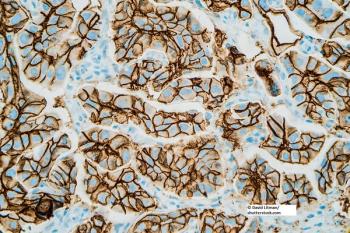
After more than 7 years of follow-up, the phase III PHARE trial failed to show that 6 months of adjuvant trastuzumab therapy was noninferior to 12 months in patients with HER2+ early breast cancer.

Your AI-Trained Oncology Knowledge Connection!


After more than 7 years of follow-up, the phase III PHARE trial failed to show that 6 months of adjuvant trastuzumab therapy was noninferior to 12 months in patients with HER2+ early breast cancer.

A same-day biopsy program for women helped reduce disparities related to age, race, and insurance type in breast cancer care.
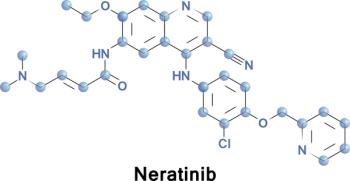
An oncology pharmacist discusses how to prevent and treat diarrhea in patients taking neratinib for breast cancer.

In this article, we provide a case-based expert opinion on the duration of extended adjuvant endocrine therapy, use of biomarkers in guiding this decision, and toxicities to be considered when recommending this treatment.

Cancer Network spoke with Marleen Meyers, MD, about evidence on low-dose tamoxifen vs placebo in women who had surgery for their ductal carcinoma in situ.

A phase II trial tested docetaxel, trastuzumab, and pertuzumab vs T-DM1 for the neoadjuvant treatment of HER2+ breast cancer.

Research evaluated whether initiating breast cancer screening at age 30 may be preferable to current guidelines among survivors of childhood cancer with a history of chest irradiation.

The results of the first randomized clinical trial evaluating the link between a low-fat diet and breast cancer incidence and mortality were presented at ASCO 2019.

This phase III trial tested T-DM1 plus pertuzumab vs chemotherapy and dual HER2 blockade in patients with HER2+ breast cancer.
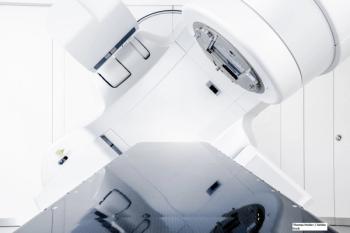
Researchers looked at patient-reported outcomes with partial breast vs whole breast irradiation in patients with breast cancer who were not receiving chemotherapy.

The GIM4 study looked at the effect of 2 to 3 years vs 5 years of letrozole on risk of recurrence in HR-positive early breast cancer.

Cancer Network spoke with Debu Tripathy, MD, Chair of Breast Medical Oncology at MD Anderson Cancer Center, on how ribociclib plus hormone therapy extends survival for patients with premenopausal advanced HR-positive breast cancer.

A large international study looked at whether pregnancy is safe after breast cancer for women who have a BRCA mutation.

The MONALEESA-7 trial tested the combination of ribociclib with endocrine therapy in premenopausal women with advanced HR-positive/HER2-negative breast cancer.

Ahead of the ASCO Annual Meeting, we discuss the use of germline testing and PARP inhibitors in patients with breast cancer with Jennifer K. Litton, MD.

Ahead of the ASCO Annual Meeting, we discuss the use of genomic profiling to guide treatment decisions for ER+ breast cancer patients with Harold J. Burstein, MD, PhD.

Researchers tested a novel antibody-drug conjugate known as trastuzumab deruxtecan in an expansion cohort of a phase I study of patients with advanced HER2+ breast cancer previously treated with trastuzumab emtansine.

Researchers looked at whether eating a low-fat diet helped improve survival in breast cancer, in a study presented ahead of the ASCO Annual Meeting.

Cancer Network spoke with Ruth Oratz, MD, a medical oncologist at NYU Langone Perlmutter Cancer Center in New York City, about the use of PARP inhibitors for breast cancer.

Researchers tested whether certain patients with HER2-positive breast cancer may eventually be eligible for non-surgical management.
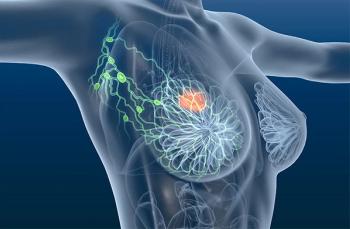
The results of a new study add to the list of benefits seen with exercise among breast cancer survivors: reducing the risk of cardiovascular disease.

Researchers evaluated whether breast cancer patients with hypothyroidism at diagnosis or who develop it later have an increased risk of recurrence or death.

The long-term results of the phase III HannaH trial confirmed the similarity between the subcutaneous and intravenous formulation of trastuzumab in patients with HER2+ breast cancer.

Researchers tested omitting chemotherapy from a treatment regimen involving dual blockade with pertuzumab and trastuzumab in patients with metastatic HER2+ breast cancer.
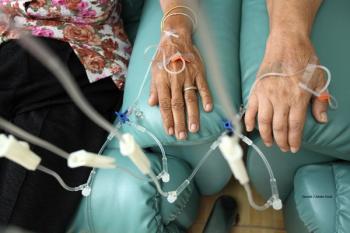
Researchers will discuss new findings on continuous vs intermittent chemotherapy schedules in advanced breast cancer at the ESMO Breast Cancer Congress.